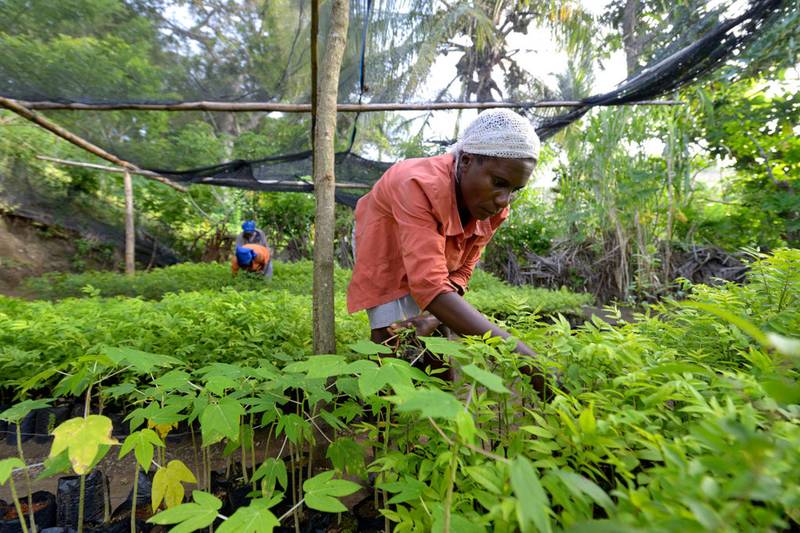
The UN climate COP25 in Madrid in December could give nature a major boost, particularly if countries reach agreement on the one element of the so-called Paris Rulebook left unresolved in Katowice – Article 6. Such an agreement would establish the rules and guidance for how countries can cooperate voluntarily to deliver climate action.
Read more
Related articles for further reading
The UN climate COP25 in Madrid in December could give nature a major boost, particularly if countries reach agreement on the one element of the so-called Paris Rulebook left unresolved in Katowice – Article 6. Such an agreement would establish the rules and guidance for how countries can cooperate voluntarily to deliver climate action.
Cooperation among countries will help all sectors in their transitions. In practice, natural climate solutions offer some of the greatest potential for such cooperation and provide a bridge for economy-wide decarbonization. Overall, they can deliver at least 30 percent of climate emissions reductions and carbon sequestration needed through 2030 to keep us on track to achieving the goals of the Paris Agreement. They are also amongst the lower-cost mitigation strategies.
Moving money where it’s needed
Most of the potential for large-scale, nature-based solutions – such as halting deforestation and restoring forests – exists in the global South, where access to finance is most limited, making natural climate solutions well suited for the types of cooperation envisioned under Article 6.
In short, developing cooperative approaches for natural climate solutions offers an extremely important tool for mitigation action that can greatly lower the emissions gap by 2030. Equally, cooperative approaches under Article 6 have the potential to give natural climate solutions a big financial boost.
Despite the potential of investing in them at scale, the forest and land sector has received to date less than three percent of total climate finance. Using the cooperative approaches under Article 6 offers policy solutions to channel more funding to REDD+ and other natural climate solutions to harness the full mitigation potential.
No double counting
To ensure the environmental integrity of all internationally transferred emission reductions, from natural climate solutions or any other activity, new guidance for Article 6 should ensure that “double counting,” is avoided, including of credits generated under the previous regime, known as the Clean Development Mechanism (CDM). This is because these credits represent action that has already been taken, while new action is needed to increase ambition.
In a paper just published from EDF, CI and TNC, the various co-operation pathways under Article 6 were described as having “the potential to serve as ‘rocket boosters’ that help countries go faster and farther towards a safe climate future, but only if countries design them properly.”
For further information, Climate Advisers also prepared a report that suggests policy structures to leverage Article 6 and natural climate solutions through international cooperation between two or more countries.
— ENDS —